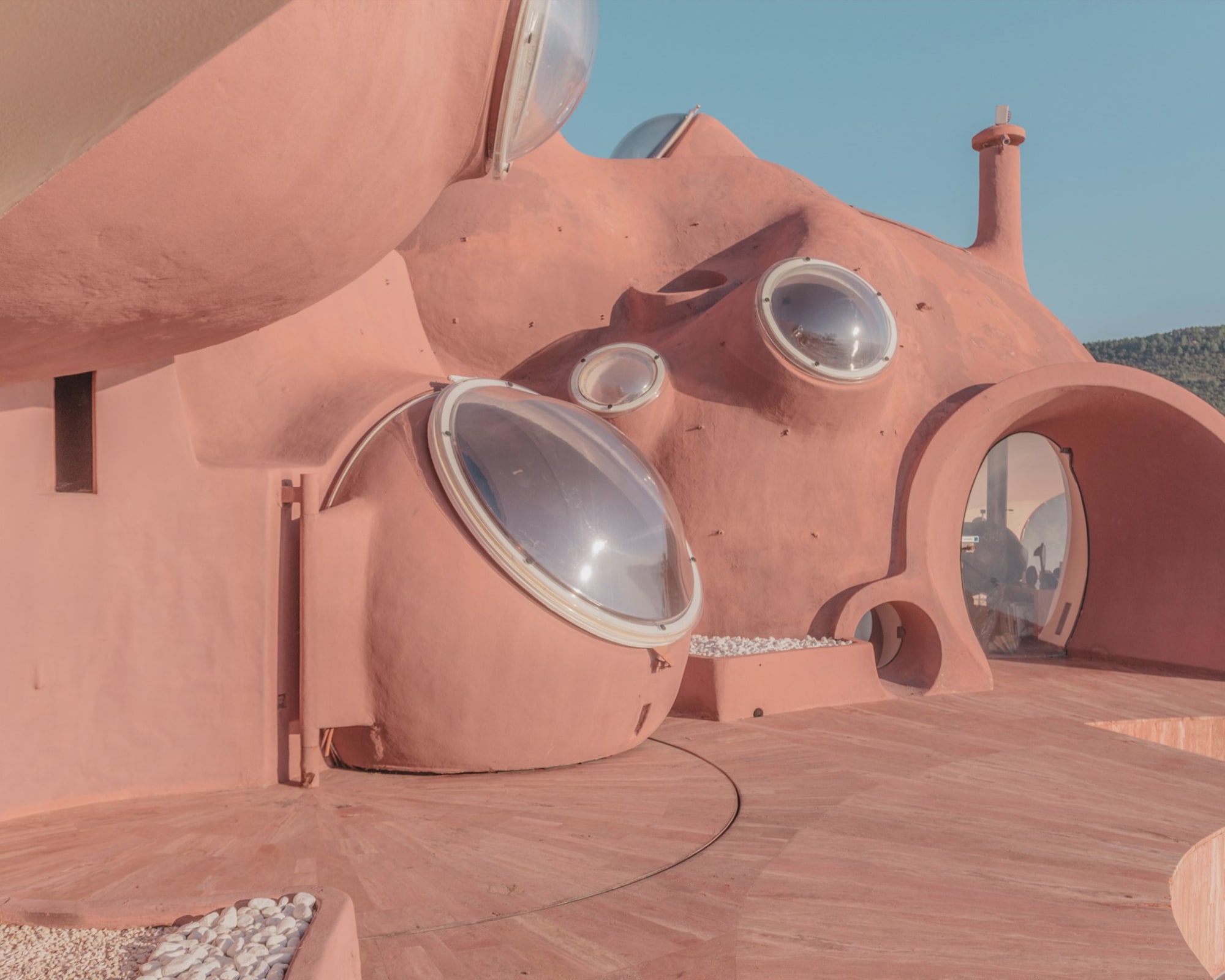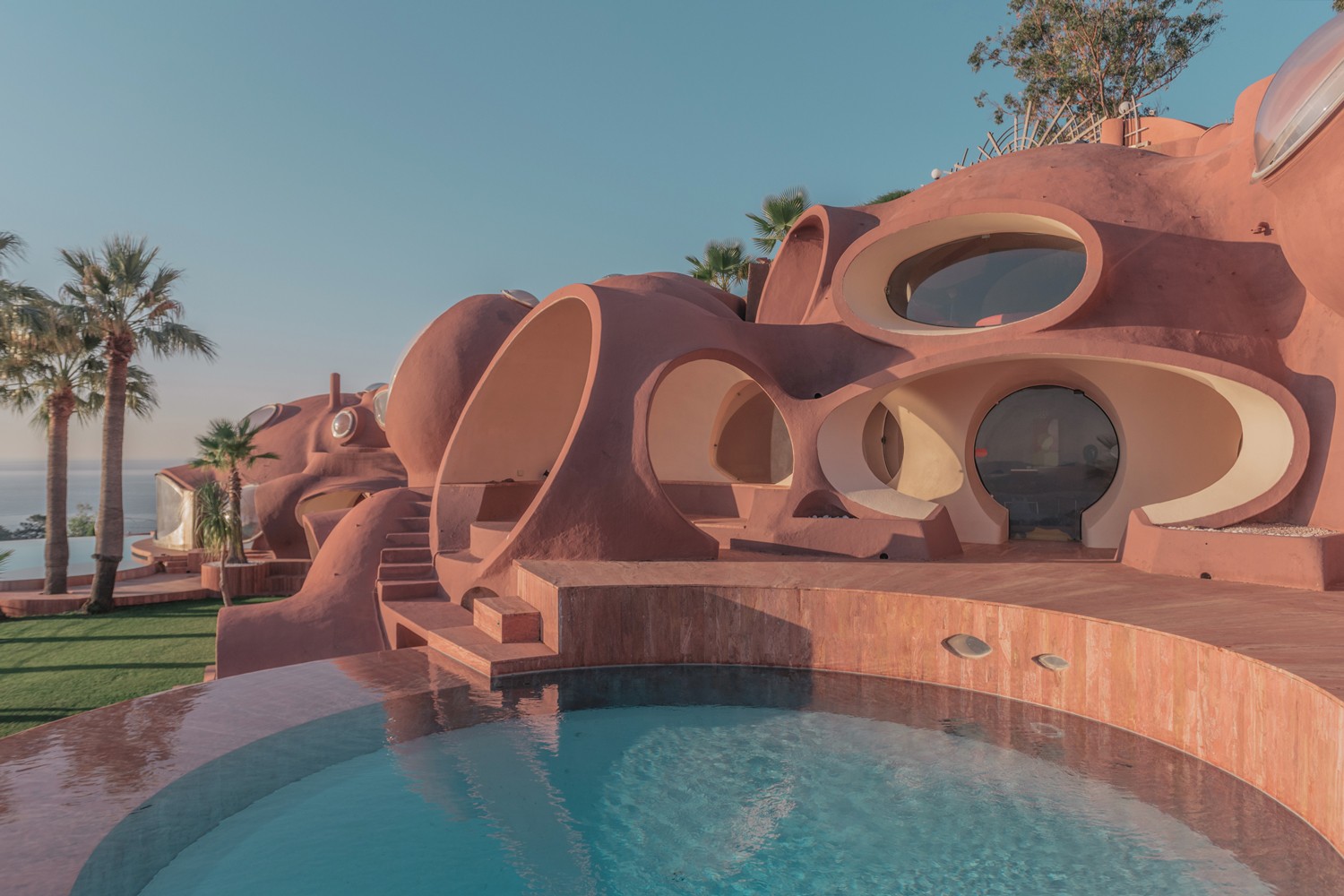
Exterior of Palais Bulles, Théoule-sur-Mer, France

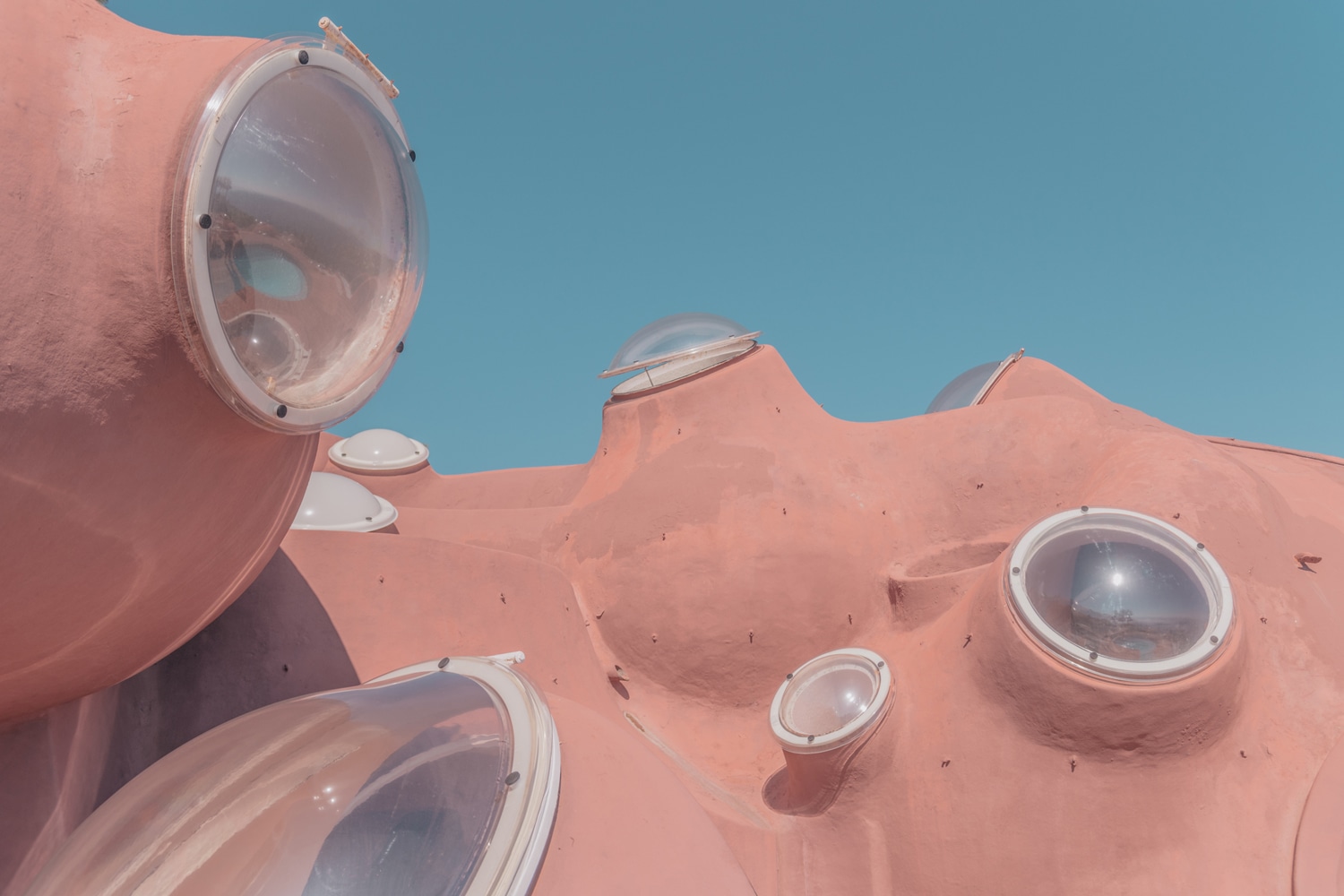
Exterior of Palais Bulles, Théoule-sur-Mer, France
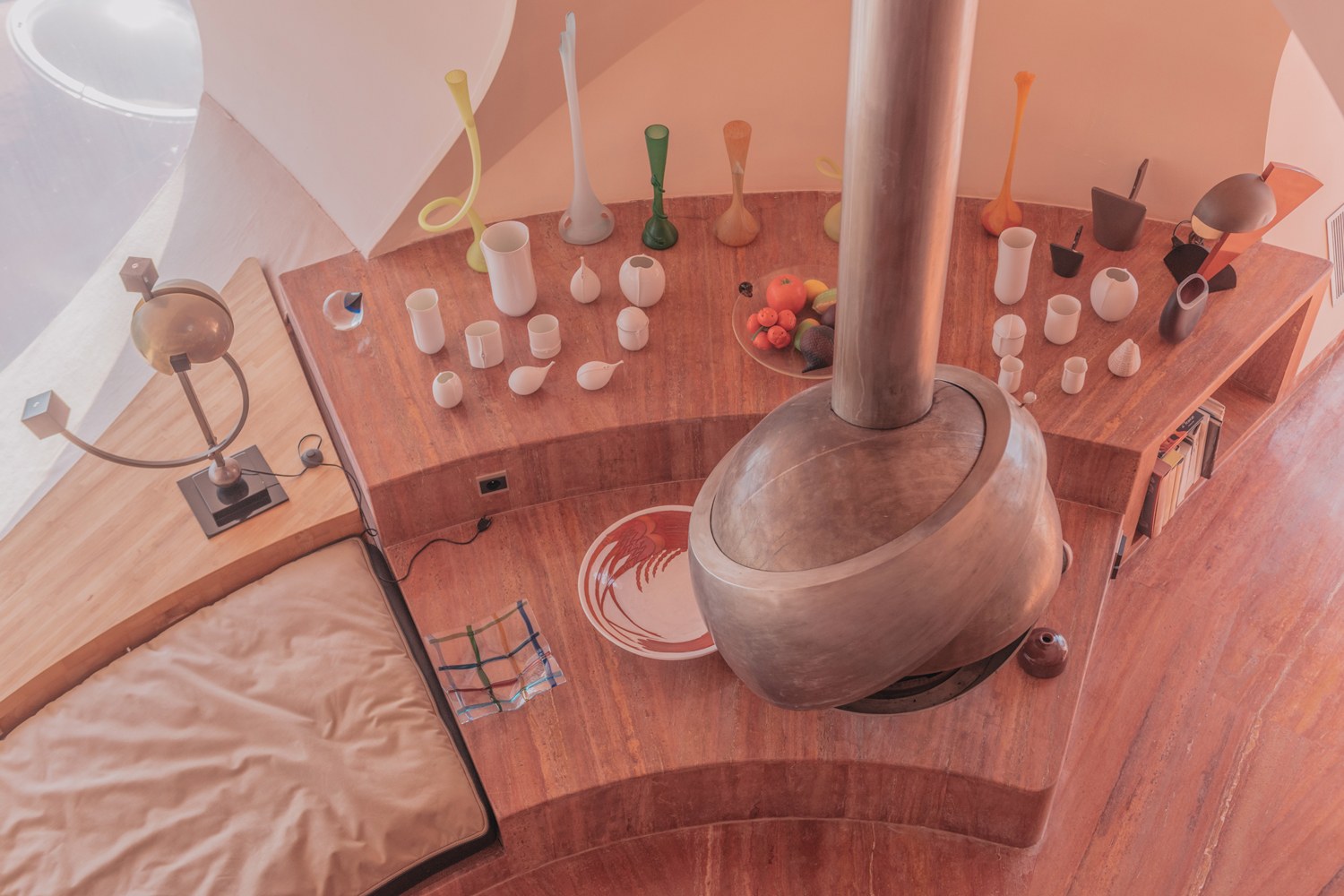
Interior of Palais Bulles, Théoule-sur-Mer, France
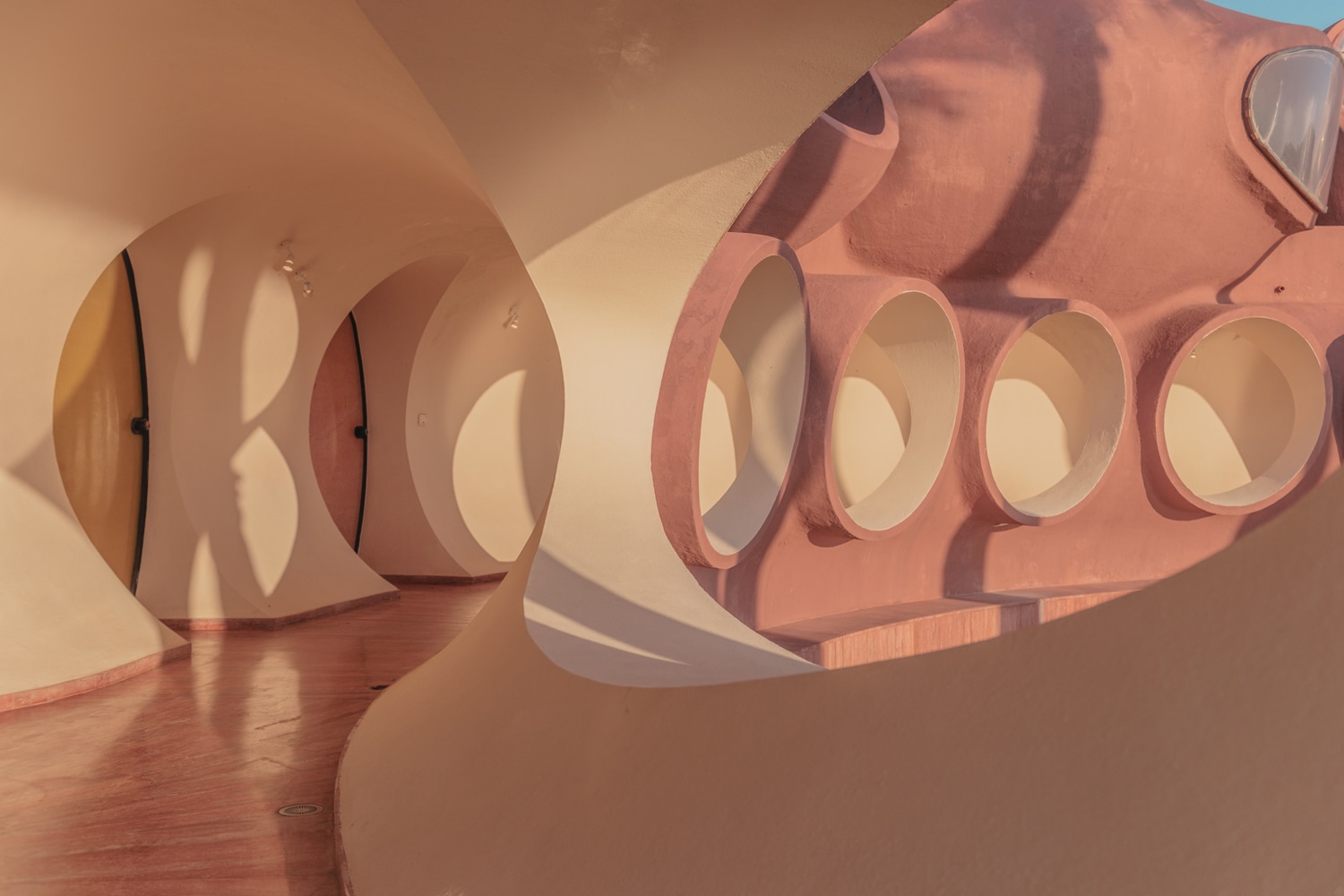
Exterior of Palais Bulles, Théoule-sur-Mer, France

Théoule-sur-Mer, France
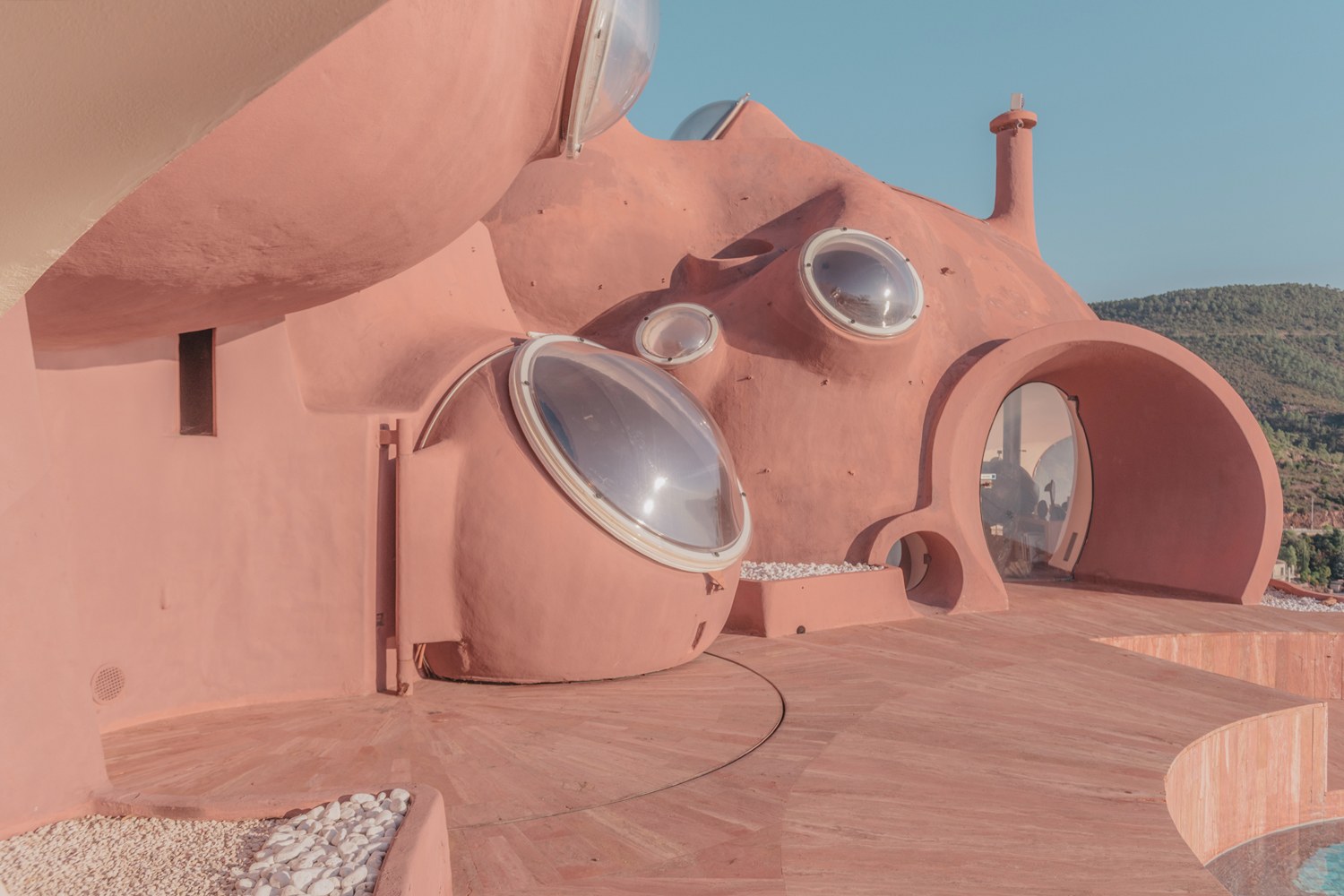
Exterior of Palais Bulles, Théoule-sur-Mer, France

Exterior of Palais Bulles, Théoule-sur-Mer, France


Exterior of Palais Bulles, Théoule-sur-Mer, France

Interior of Palais Bulles, Théoule-sur-Mer, France

Exterior of Palais Bulles, Théoule-sur-Mer, France

Théoule-sur-Mer, France

Exterior of Palais Bulles, Théoule-sur-Mer, France
Overview
Auction Info
VIRTUAL DESTINATION
PALAIS BULLES
28 September - 11 October 2020
Phillips and NOMAD are proud to partner this Autumn to present a virtual destination for private sales of art and design, with a selection inspired by Palais Bulles, a masterpiece of organic architecture in Théoule-Sur-Mer, near Cannes. In response to the special circumstances this year NOMAD and Phillips have collaborated to create a digital experience where, as well as the 50 select works by galleries worldwide, visitors will find editorial content, digital tours, and interviews to create an experience that mirrors NOMAD’s intimate format, making visitors travel virtually and be inspired by the spirit of the destination and its architecture. Part of the proceeds of the private sale will be donated to The Design Museum in order to sustain one of the world’s most integral design institutions.
Enquiries
All works are being offered for sale by NOMAD on behalf of the Seller.
All works have not been inspected by NOMAD. All works are sold “As-Is” in the condition in which they are in at the time of the sale.
